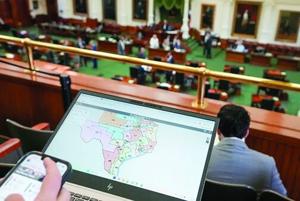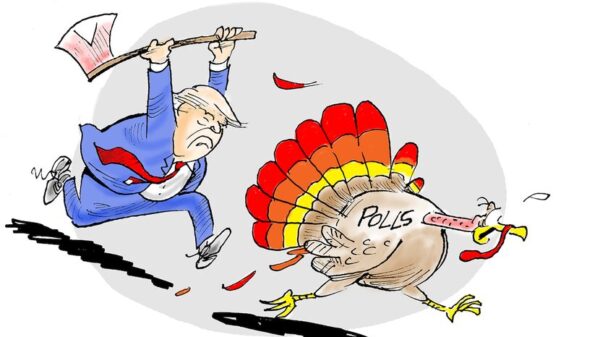Texas has been granted temporary permission to revert to its 2025 congressional map following a decision by Supreme Court Justice Samuel Alito. This pause comes in response to a lower court ruling that mandated the state to adopt congressional lines drawn in 2021.
The Supreme Court’s intervention allows Texas to sidestep a significant change to its congressional representation, which had been ordered by a U.S. District Court. That court found the 2021 maps to potentially violate the Voting Rights Act, raising concerns about fair representation for minority voters. In a move that highlights the contentious nature of electoral mapping, Justice Alito’s decision effectively maintains the status quo for now.
The court’s ruling to temporarily restore the 2025 map comes as a relief to the Republican Party, which has held a majority in the state’s congressional delegation. The ongoing dispute over the maps has been a focal point in the state’s political landscape, with the Democratic Party arguing for a map that better reflects the demographic changes in Texas.
Alito’s order allows time for the court to review the lower court’s findings more thoroughly. In his brief statement, he emphasized the need to ensure that Texas can conduct its elections without disruption while legal challenges continue. The implications of this decision extend beyond Texas, as similar disputes over congressional maps are being observed nationwide.
As Texas prepares for upcoming elections, this ruling may set a precedent for how congressional maps are drawn and challenged in the future. With the state’s population growing at a rapid pace, the stakes are particularly high for both parties. The outcome of this legal battle could significantly influence the balance of power in Congress.
In conclusion, the Supreme Court’s decision to allow Texas to use its 2025 congressional map reflects ongoing tensions surrounding electoral representation and the complexities of redistricting in the United States. As the legal discussions unfold, Texas remains a focal point for national political dynamics.



































































